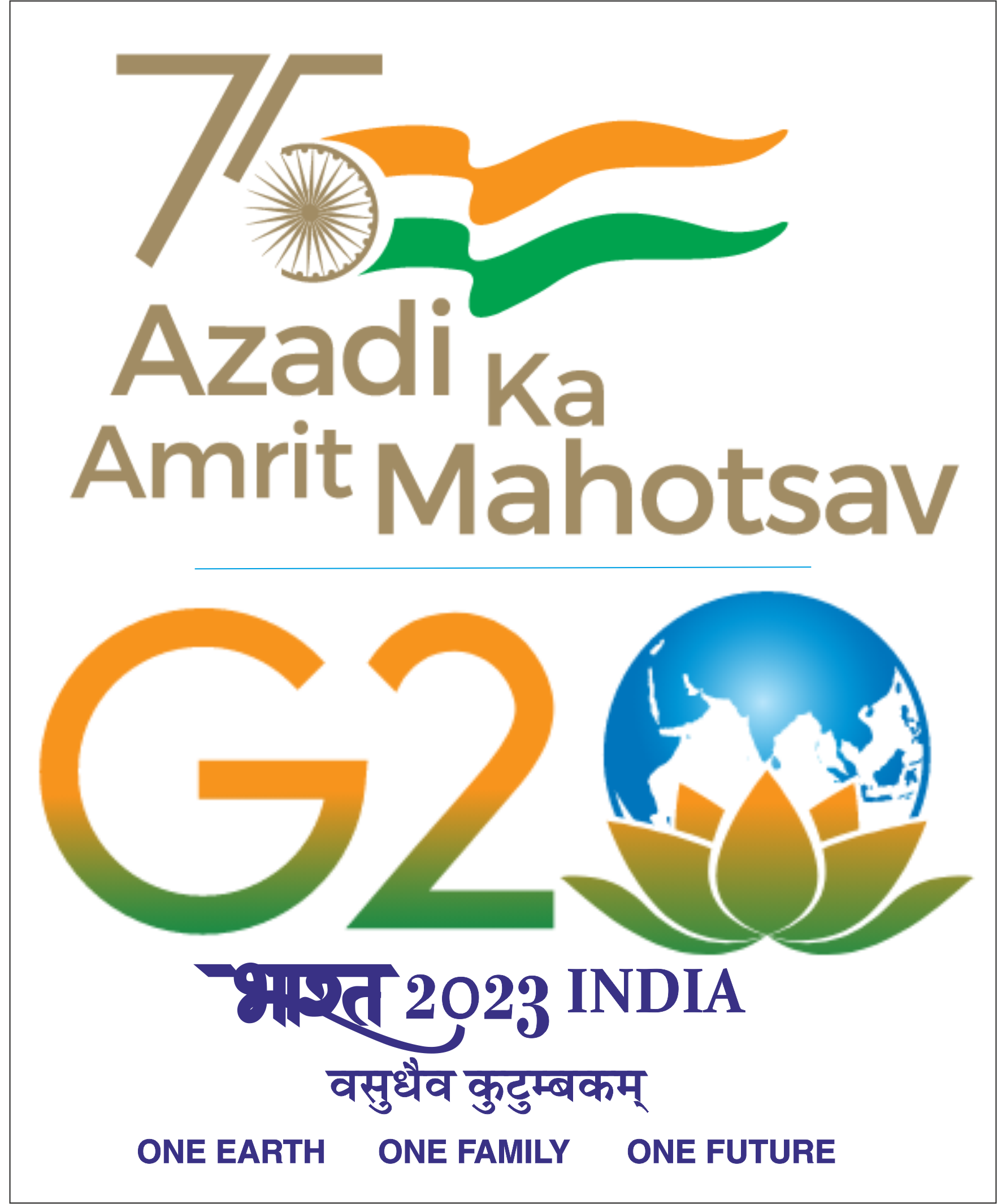Ms. Megha Mhaskar will present her APS as per the detail below:
Date: 30th September 2022
Time: 9:30 to 11:00 a.m.
Venue: CTARA Conference Room No.1
Topic: Water-Energy-Food Nexus (Synergies and Trade-offs) in Sugarcane Farming: A Case of Drought-Prone Maharashtra State
Guide: Prof. Parmeshwar D. Udmale
RPC Members: Prof. Amit Arora, Prof. Priya Jadhav, Prof. Yogendra Shastri
Abstract:
Agriculture is an important source of livelihood in India, which employs more than 60% of the population. India accounts for more than 18% of the world's population while using only 4% of the world's freshwater and 6% of the world's primary energy use. In the changing climate era, there are concerns about the over-exploitation of land, water, and energy resources. The consequences of climate change with extreme climate events pose serious risks to water, energy, and food (WEF) security in India. About 54% of the geographical area in India is water stressed. Agriculture is the largest water user accounting for 80% of water use, of which more than 50 % of water comes from groundwater. Groundwater acts as a buffer against surface water scarcity-which mostly depends on the nature of the south-west monsoon. However, change in cropping pattern over the last few decades (mostly cash crops like orchards, cotton and sugarcane) and increased spatial-temporal variations in rainfall have raised uncertainties in agriculture production. In the past two decades, agriculture particularly in the rainfed regions of India has faced many droughts. Maharashtra as one of the states of India's semi-arid region often experiences water scarcity. About 42.5% of its area is drought-prone (experiencing frequent drought-driven water scarcity). Sugarcane is a water-intensive crop. About 79.5% of the total sugarcane of Maharashtra is cultivated in drought-prone districts of the state. The area under sugarcane in the state has increased six times during 1960-61 to 2020-21. Sugarcane is regarded as an ideal crop for providing both food as well as bioenergy (ethanol) production due to its large biomass yield in both solid and liquid forms.
High profitability, Fair and Remunerative Price (FRP), policy measures such as electricity subsidies and biofuels policy, market access (number of sugar mills), and farming experience are the major factors behind sugarcane cultivation that has resulted in many environmental consequences. Recently, the Government of India has amended the 'National Policy on Biofuels – 2018' to achieve the target of 20% ethanol blending petrol by 2025-26 instead of 2030. From the viewpoint of the overall agricultural system, achieving the ethanol target from sugarcane as mentioned in the policy might be challenging for sustainable use of WEF resources while ensuring environmental sustainability. It may raise concerns about water resources exploitation, shifts in cropping patterns, additional land, and diversion in irrigation water use away from food crops that will put food production systems in competition. In this background, the proposed research aims to investigate the WEF nexus of sugarcane crop versus food grain crops in semi-arid regions of Maharashtra in the context of changing climate and biofuels based energy targets. A comprehensive scenario-based analysis of the nexus (synergies and trade-offs) with available alternatives is expected to be a useful approach for decision-makers.





